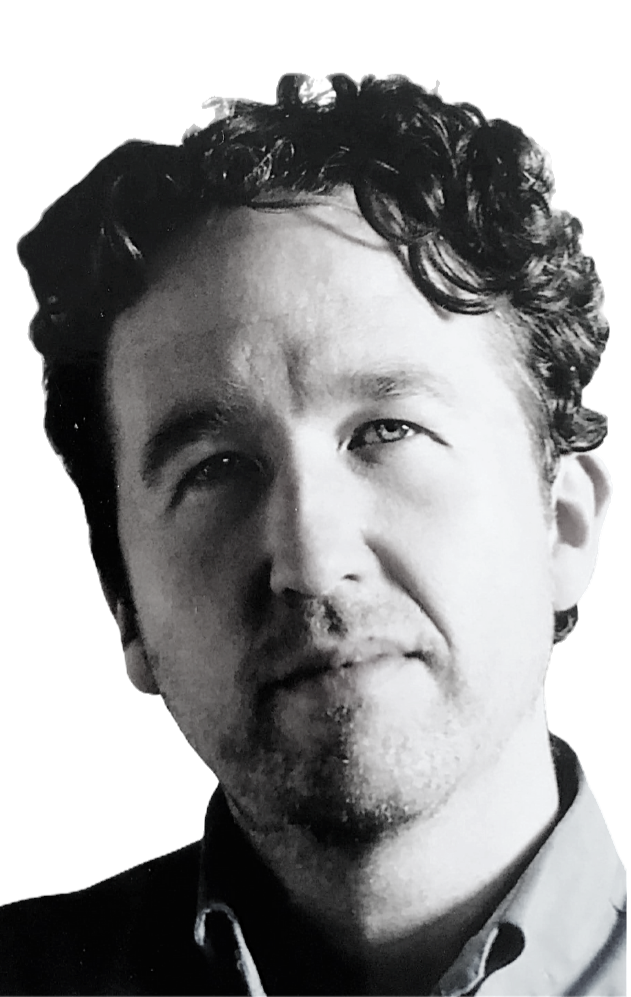How to Start a Drawing: Three Simple Methods
- Tom McPherson

- Oct 17
- 3 min read
Updated: 2 days ago

We draw to see, to express, and to communicate. Drawing isn’t only about producing an image; it’s about changing the way we look, the way we respond, and the way we share.
For many of us, the hardest part of drawing is simply beginning. The blank page can feel intimidating, pure and perfect as it is. What can we add to it? We might wait until we feel inspired or until the subject feels right, but by waiting, we often end up drawing nothing at all.
So how do we begin a drawing? How can we overcome hesitation and take that first step into drawing? How to start a drawing using three simple methods: beginning with a visual quality, choosing your tools, and then simply making a mark and trusting the process.
When beginning a drawing, we often think first of choosing a subject. But it can be more helpful to begin with a visual quality rather than a thing. A visual quality is something you notice about how the world looks, the way light falls across a wall, the shape of a shadow, the curve of a branch, or the texture of a leaf.
Starting this way gives a visual focus to a new drawing. Instead of searching for the perfect subject, you notice what caught your attention in the first place. Almost anything can become interesting if you pay attention to its visual qualities: a cup’s shadow on a table, the pattern of open windows, or the line of rooftops against the sky.
Looking and seeing are not the same. Looking is quick; it recognises. Seeing is slower; it observes. Drawing helps us move from looking to seeing. It asks us to pause and notice proportion, edge, and space.
The first step is simple: don’t search for the perfect subject. Begin with a quality of seeing, light, shadow, tone, or texture that draws your attention. Observation gives meaning; it turns a drawing into something more than its subject.
Once you’ve noticed what draws your eye, choose the tools that suit the quality you want to capture. No tool is better than another; each one encourages a different kind of drawing. A pencil allows for control and detail. Charcoal captures broad tones. A pen brings clarity and confidence.
Don’t overthink this. If all you have is a pencil and a sheet of paper, that’s enough. Limitations can be useful; they help you stop planning and start drawing. Choose the tool that feels right for the quality you want to explore, and begin.
Then, make a mark. The moment you place a line on the page, everything changes. The page is no longer empty, and you’ve begun. The first mark doesn’t need to be right; it just needs to exist. Once it’s there, respond to it, then respond again. Drawing is a conversation between you and the marks you make, between what is drawn and what remains blank.
You don’t need to see the whole image before you start. Trust the process. One line leads to the next; one decision opens another. Confidence comes from this process. We often think confidence is needed before we begin, but it’s actually the result of beginning. Each time you draw, you build trust in yourself and in the act of drawing.
Begin with a visual quality, notice what stands out in light, shadow, tone, or texture. Choose your tools, use what you have and let the materials guide you. Then make a mark, trust that each line will lead you forward.
Three simple ideas: noticing, choosing, and beginning. Enough to move past hesitation and into the act of drawing itself.
The Habit of Drawing
These ideas are based on my forthcoming book: The Habit of Drawing Fast and Slow. For more details, please visit www.circlelineartschool.com/the-habit-of-drawing.
Subscribe to Circle Line Notes for new posts by email.


